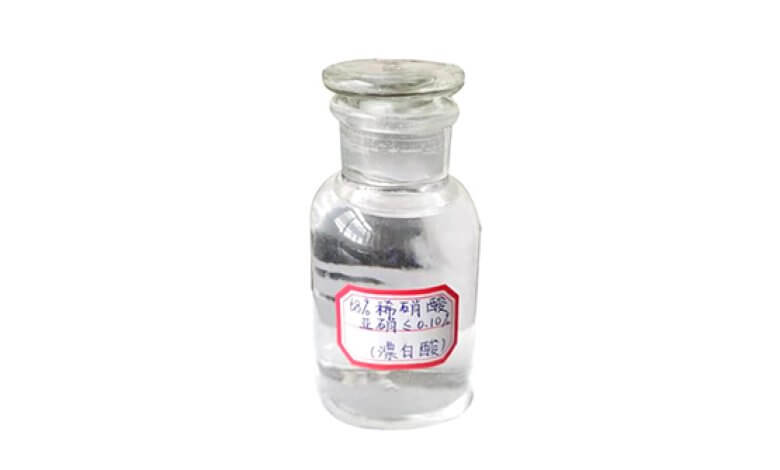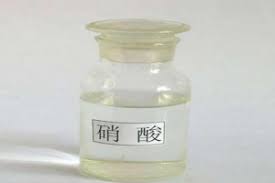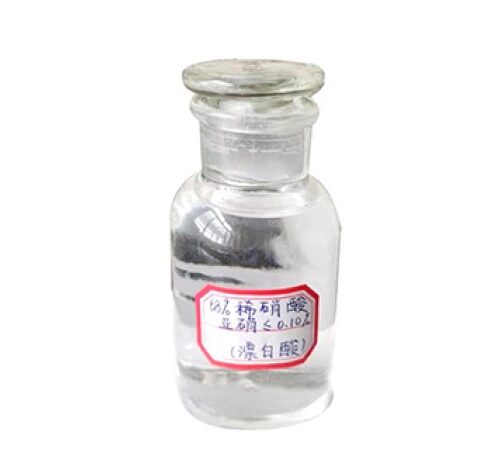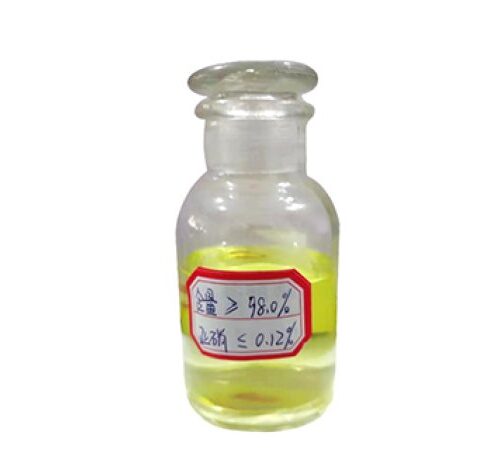Product Details
Nitric acid is a chemical compound. Pure nitric acid is a colorless liquid with a pungent odor, while concentrated nitric acid is a mixture. Commercially available concentrated nitric acid has a mass fraction of approximately 68%, a density of approximately 1.4 g/cm³, and a boiling point of 83°C. It is volatile and soluble in all proportions. When mixed with water, it releases a significant amount of heat, similar to sulfuric acid, so constant stirring is required. Only concentrated nitric acid can be added to water, not vice versa. Nitric acid with a concentration of 98% (86-97.5%) is called “fuming nitric acid” because it is more volatile and forms a white mist when exposed to humid air. It is corrosive and toxic. Exercise caution when handling and wear polyethylene gloves and a dedicated face mask.
Concentrated and dilute nitric acid:
1. If no noticeable changes occur when adding iron or aluminum to cold nitric acid, it is concentrated nitric acid. If bubbles appear on the surface of the iron or aluminum, it is dilute nitric acid.
2. Observe directly: white mist indicates concentrated nitric acid; less concentrated white mist indicates dilute nitric acid. Here, we exploit the volatility of nitric acid (concentrated hydrochloric acid is also volatile).
*Note: Because nitric oxide oxidizes rapidly, this method requires a sealed container.
The most intuitive method is to measure the concentration.
Safety Measures:
Do not inhale fumes, vapors, or spray.
In case of contact with eyes or skin, rinse immediately with plenty of water and seek medical attention as soon as possible.
All contaminated clothing must be removed immediately.
Wear appropriate protective clothing, gloves, and a mask.
When storing concentrated nitric acid, keep it separate from reducing materials.





